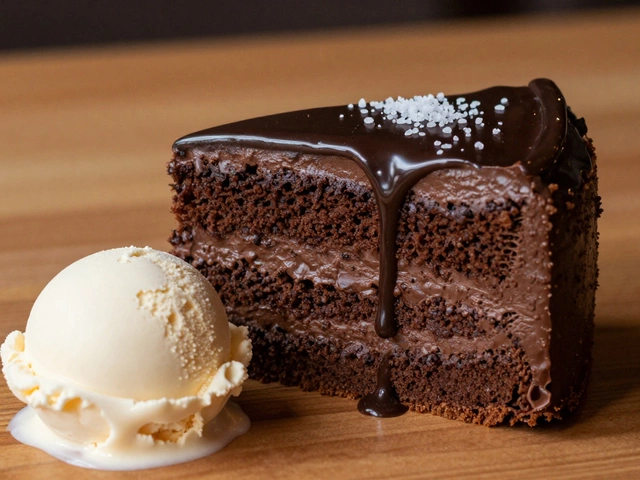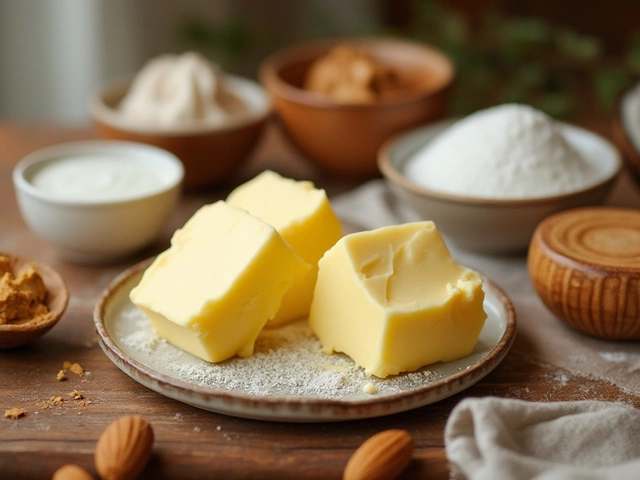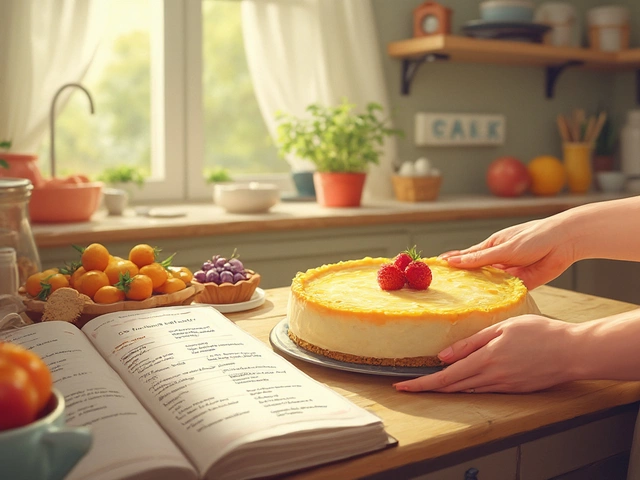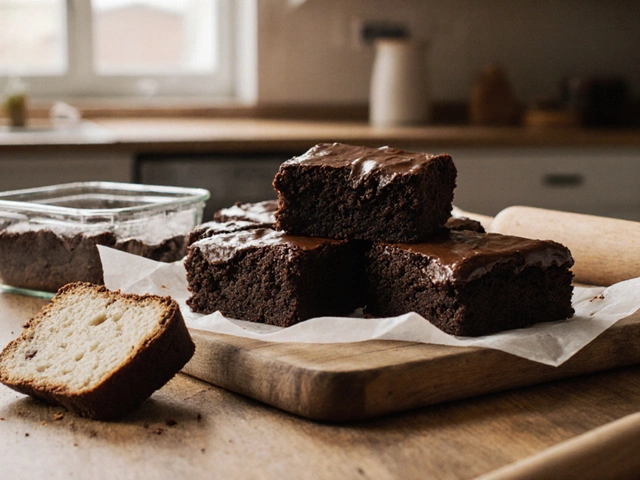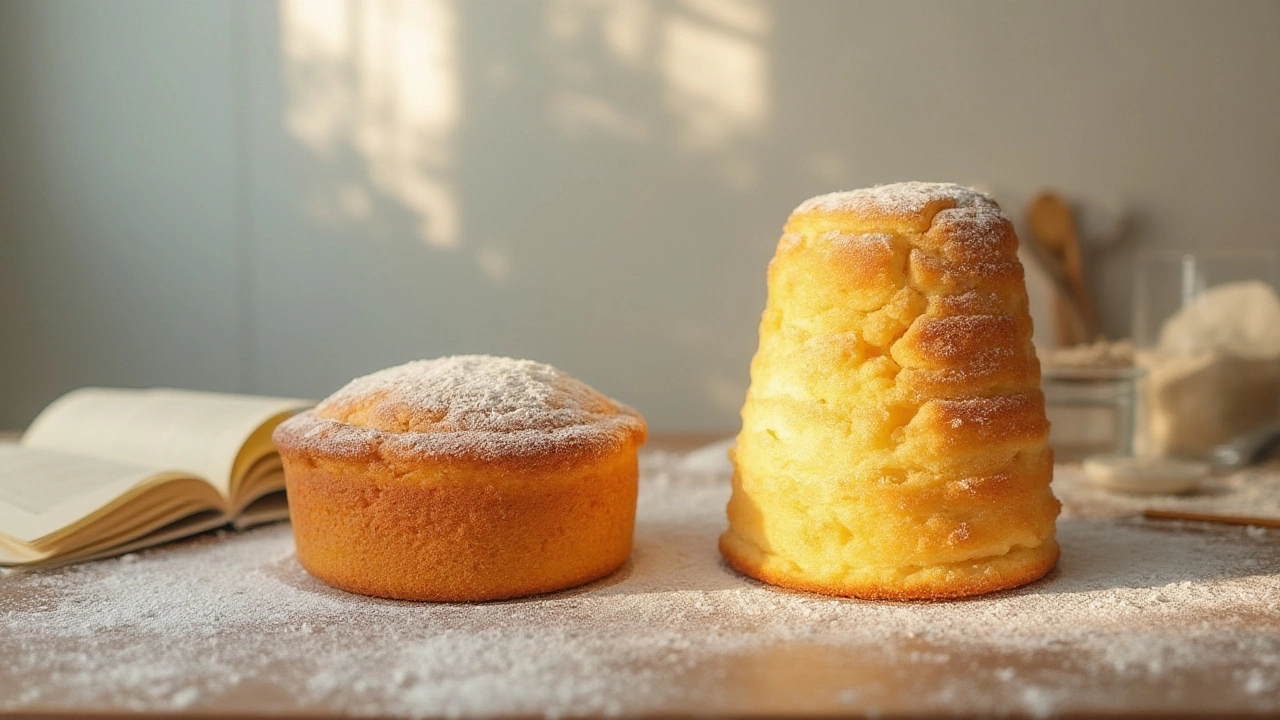
Ever sliced into a homemade gluten-free cake, expecting a pillowy crumb, only to find a heavy, brick-like slab? You’re not alone—there’s a reason so many gluten-free cakes feel dense and weighty compared to their gluten-packed siblings. The culprit is not just a single missing ingredient, but a complex, tangled web of food chemistry, baking habits, and a bit of wishful thinking. The interesting part? You can actually fix it—you just need to know what’s going on behind the scenes.
Why Gluten Makes Cakes Light—and What Happens Without It
Most people know gluten is off-limits for some, but don’t always realize how much it’s doing inside their favorite cake. Gluten is a protein found in wheat, barley, and rye; when flour is mixed with water, gluten forms stretchy strands and traps little air bubbles. Imagine tiny balloons inflating and holding the cake’s shape as it rises. That’s why a classic chocolate cake or a fluffy sponge turns out so bouncy and light. Remove gluten from the equation and… trouble starts.
Gluten-free flours—like rice, almond, or tapioca—just can’t mimic this web. They don’t trap air well. When you beat in eggs or whip in air, there’s nothing sturdy to hold those bubbles together. It’s like trying to build a bouncy castle out of sand. The cake bakes up but then collapses onto itself. Add to that, gluten-free flours tend to be denser themselves—think of ground almonds or sorghum. They’re heavier than light wheat flour, and they bring extra heft along for the ride.
Even gluten-free supermarket cakes and many popular bakery options, despite clever tricks, end up with weightier textures. According to a 2022 blind taste test by America’s Test Kitchen, nearly 70% of gluten-free cakes sampled were described as not just dense, but actually dry or gummy—a double whammy. Put simply, gluten is the scaffolding, and with it gone, your cake slouches.
Just look at this quick comparison between common flours and their density in cakes:
| Flour Type | Density (g/cup) | Common Use |
|---|---|---|
| All-purpose wheat flour | 120 | Standard baking |
| Rice flour | 158 | Gluten-free baking |
| Almond flour | 96 | Gluten-free, low carb |
| Sorghum flour | 120 | Gluten-free baking |
| Oat flour | 120 | Gluten-free, high fiber |
The numbers show how gluten-free flours can vary wildly. Some are dense and powdery, others are oily and gritty. Without gluten’s springiness to unify them, the cake relies on what the baker adds—extra eggs, gums like xanthan or guar, or more sugar and fat. These can help, but too much and you’ll end up with what can only be described as a cake brick.
The Real Reasons for Dense Gluten-Free Cakes
The missing gluten is only part of the story. Several other culprits gang up to give you that leaden, heavy result.
- Incorrect flour blend: There’s a reason big brands spend years developing their blends. Too much starch (like potato or tapioca) and the cake turns gummy. Too much whole grain or nut flour? Heavy and gritty. It’s a delicate balance, and most home bakers are still experimenting.
- Not enough leavening: Gluten-free recipes need more help from baking powder or soda. The batters are denser and wetter, so extra lift is a must. A tablespoon or two can make the difference between pancake-flat and decently risen.
- Improper mixing: Over-beating or under-mixing can both cause problems. Over-mixing sometimes activates gums or traps too much liquid, leaving cakes slumpy. Under-mixing means the baking powder isn’t distributed evenly, so parts of the cake never rise at all.
- Skipping binder ingredients: Eggs, psyllium husk, ground flaxseeds, chia seeds—these are all binders. They hold things together in the absence of gluten. Without enough binder, your cake’s structure fails fast.
- Insufficient moisture: Gluten-free flours like coconut or almond soak up more liquid than wheat. Forget to tweak your recipe, and that beautiful cake will come out dry and tired even if it was wet going into the oven.
- Resting time: Ever noticed how box-mix instructions sometimes say to let the batter sit? That’s to hydrate the flour. With gluten-free cakes, this step is even more crucial.
Add to all these points: personal oven quirks. Many gluten-free cakes need slightly longer baking times and a gentle lower heat, since the batter is thicker. Small mistakes add up. The science is just working against you from the get-go. But it’s not all gloom—once you know the issues, you can start working around them.
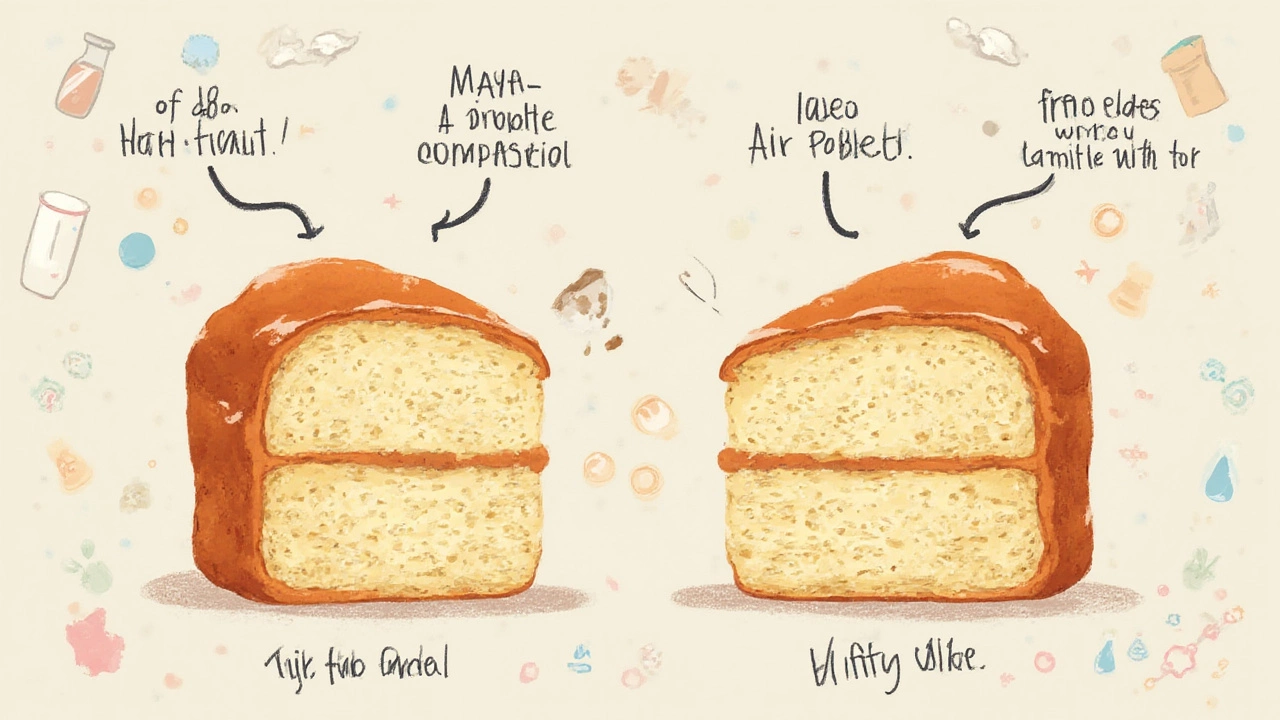
Tips and Tricks to Lighten Up Gluten-Free Cakes
Now for the good stuff: how do you get a *soft, fluffy, gluten-free cake*? There’s no magic formula, but lots of practical tricks can help.
- Start with a tried-and-tested gluten-free recipe. Don’t try to swap wheat flour for rice flour 1:1 in Grandma’s favorite recipe. Reliable gluten-free cookbooks (like America’s Test Kitchen’s "How Can It Be Gluten-Free") or trusted blogs can save you hours of grief.
- Aim for a blend of flours and starches. Just rice flour is a non-starter. The best gluten-free cake mixes use a combo—rice, potato starch, tapioca, sometimes a little millet or sorghum for structure. This balancing act stops cakes from tasting chalky or feeling like sand.
- Fold in beaten egg whites. For lighter cakes, separate your eggs. Beat the whites to soft peaks, then fold into the batter at the end. This can give your cake a real lift, and it’s a trick even pro bakers swear by.
- Use gums—sparingly. Xanthan or guar gum acts like gluten, but less is more. About 1/2 teaspoon per cup of flour is a good guide. Too much, and you get a rubbery cake. Some people don’t get on with gums, so try psyllium husk or ground flax as alternatives.
- Don’t skimp on fat and sugar. Gluten-free batters benefit from extra softness and moisture. A little more oil or butter, or even adding a full-fat yogurt, works wonders. Sugar actually helps keep your cake moist, so don’t cut it down too much.
- Let the batter rest. Ten to thirty minutes gives time for starches to hydrate and thicken up. You’ll notice the difference in the finished texture.
- Watch your oven temp. Dense cakes often result from too-hot ovens. Try 325°F (160°C) instead of 350°F (175°C), and bake a little longer. This gives your cake time to set up gently and avoid sinking in the middle.
- Fill that pan right. Gluten-free cakes rarely rise as much, so fill your pan a bit fuller than usual. Avoid huge, deep pans—small layers bake more evenly.
- Test for doneness more than once. These cakes can look done but still be dense in the middle. Use a skewer or cake tester in a few spots to be sure.
If you tack a sticky note near your oven with these reminders, you’ll be that much closer to a lighter crumb next time.
Gluten-Free Cake Myths and Real World Success Stories
It’s tempting to blame gluten for every heavy cake disaster, but plenty of gluten-free bakers have cracked the code for a feather-light bake. Take Claire, a bakery owner in New York, who won an award in 2023 for her gluten-free vanilla sponge. Her secret? She uses a rice flour/potato starch mix, whips egg whites separately, and never skips the resting time. The result was a cake judges described as "almost indistinguishable from wheat-based versions."
Meanwhile, there are a few persistent myths to be aware of:
- Myth: Gluten-free cakes can never be as light as regular cake.
Fact: With the right blend, technique, and expectations, you can come impressively close. - Myth: Adding more baking powder always makes gluten-free cakes fluffier.
Fact: Double the baking powder doesn’t mean double the rise. Too much actually weakens structure and causes collapsing. - Myth: Gluten-free cakes have to be dry or crumbly.
Fact: Moisture can be managed using sour cream, oil, applesauce, or syrups to lock it in safely. - Myth: You can substitute all-purpose flour with *any* gluten-free flour, one for one.
Fact: Most of the time, this is a fast track to disappointment. Blends designed for cakes, not breads, make the difference.
Here’s one final crucial tip: don’t chase perfection on the first try. Tweak, taste, and scribble notes. The best gluten-free bakers treat it as part science, part art. Try swapping out gums for natural binders if you don’t like the texture. Or, if nut flours are too stodgy, cut half with a starch. Layer in strands of beaten egg whites. Replace some liquids with carbonated water for even more lift. Your next cake doesn’t have to be heavy as lead—hope (and fluffy layers) are very much alive.

